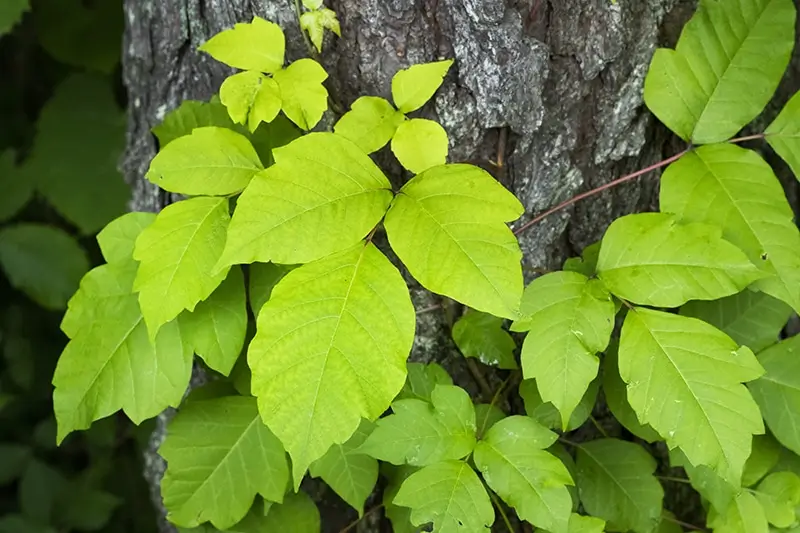Are Poison Ivy and Poison Oak Plants the Same?

In the great outdoors, amidst lush greenery and winding trails, lies a hidden danger: poison ivy and poison oak. These notorious plants evoke dread among outdoor enthusiasts and gardeners alike, with their ability to cause itchy rashes upon contact. But are poison ivy and poison oak truly one and the same? While they may share similarities, delving deeper reveals distinct characteristics that set them apart. Understanding these differences is crucial for accurate identification and effective treatment. Let's explore the nuances between poison ivy and poison oak to navigate nature's hazards with confidence and clarity.
Is Poison Ivy and Poison Oak Identical?
Often mistaken for each other, poison ivy and poison oak are not identical but belong to the same botanical family, Anacardiaceae. Both plants produce urushiol, a toxic oil responsible for triggering allergic reactions in many people. However, despite this common factor, several key differences distinguish poison ivy from poison oak.
The Differences Between Poison Ivy and Poison Oak
- Appearance:
- Poison Ivy: Typically grows as a vine or shrub and features three leaflets arranged alternately on the stem. The leaves are smooth-edged or slightly notched and range in color from green to red in the fall.
- Poison Oak: Often grows as a shrub or small tree and bears three leaflets clustered together at the end of a stem. The leaves resemble oak leaves, with lobed or toothed edges, and may have a glossy or waxy appearance. - Geographic Distribution:
- Poison Ivy: Commonly found throughout North America, including wooded areas, fields, and along roadsides.
- Poison Oak: Primarily located in western regions of the United States, such as California, Oregon, and Washington, as well as parts of the Southeast. - Habitat Preferences:
- Poison Ivy: Thrives in a variety of habitats, including forests, meadows, and urban areas. It can grow as a ground cover, climbing vine, or low shrub.
- Poison Oak: Prefers dry, rocky, or sandy soils and is often found in oak woodlands, chaparral, and coastal scrub habitats.
What They Have in Common: Urushiol
Despite their differences in appearance and habitat, poison ivy and poison oak share a common toxic component: urushiol. This oily resin is present in all parts of the plants, including the leaves, stems, and roots. Upon contact with the skin, urushiol can penetrate the outer layer and trigger an allergic reaction, resulting in a red, itchy rash known as allergic contact dermatitis.
Symptoms of Poison Ivy and Poison Oak Rash
The symptoms of poison ivy and poison oak rash include:
- Redness and inflammation of the skin
- Itching, burning, or stinging sensations
- Swelling and blistering
- Difficulty breathing or swallowing (in severe cases)
- Secondary infections from scratching
Treatment and Prevention
If you come into contact with poison ivy or poison oak, prompt action is essential to minimize the severity of the rash. Here are some steps to take:
- Use Tecnu Extreme Outdoor Skin Cleanser to effectively remove urushiol from the skin and prevent the rash from developing.
- Apply an anti-itch gel like Calagel to soothe itching and reduce inflammation.
- Avoid scratching or rubbing the rash, which can worsen symptoms and lead to infection.
- Wear protective clothing and gloves when handling potentially contaminated plants or objects.
While poison ivy and poison oak may share similarities, understanding their distinct characteristics is essential for accurate identification and effective management. By recognizing the differences in appearance, habitat, and geographic distribution, individuals can better avoid exposure and minimize the risk of developing a painful rash. Armed with knowledge and proper preventive measures, outdoor enthusiasts can safely enjoy nature's beauty without falling victim to these troublesome plants.




